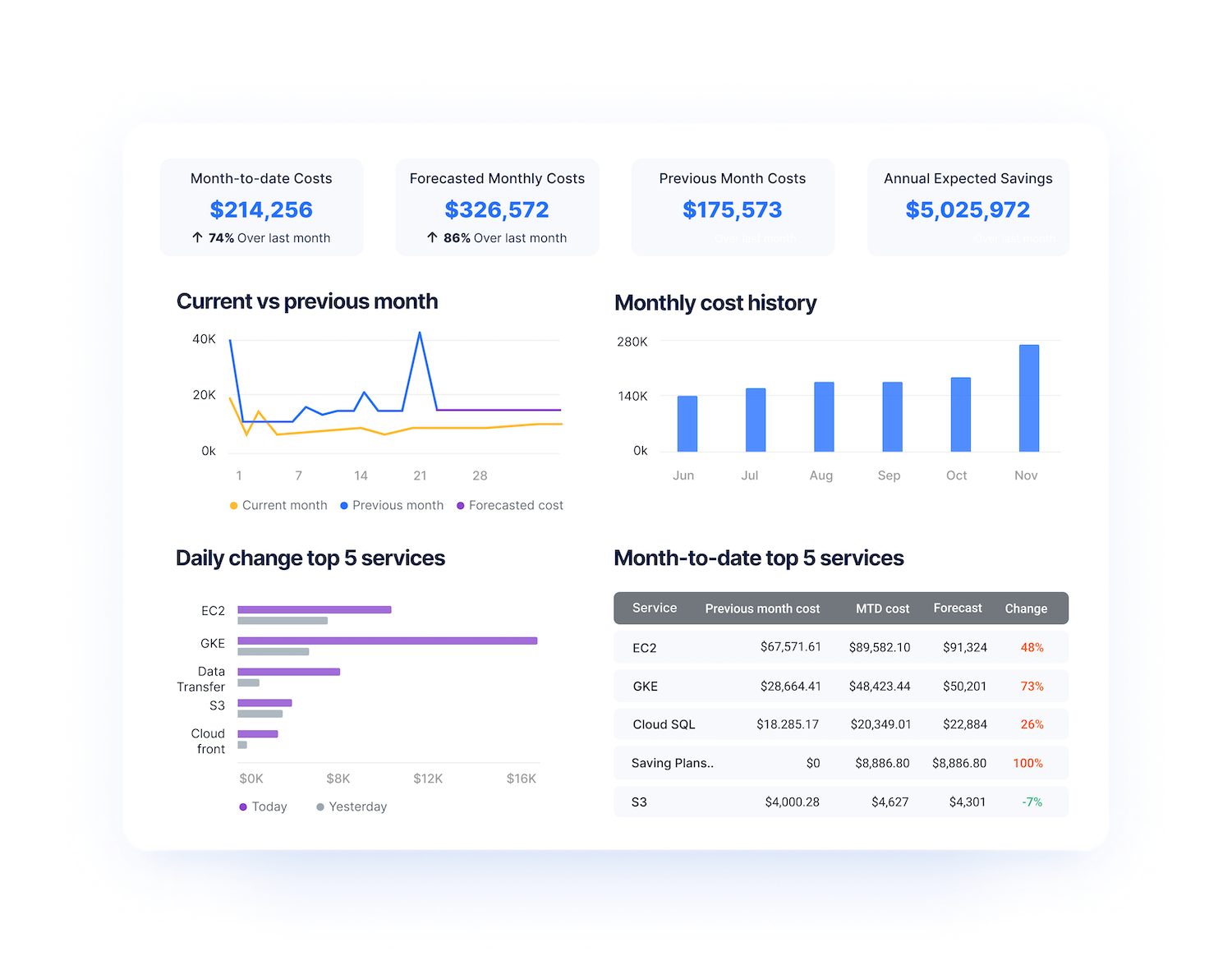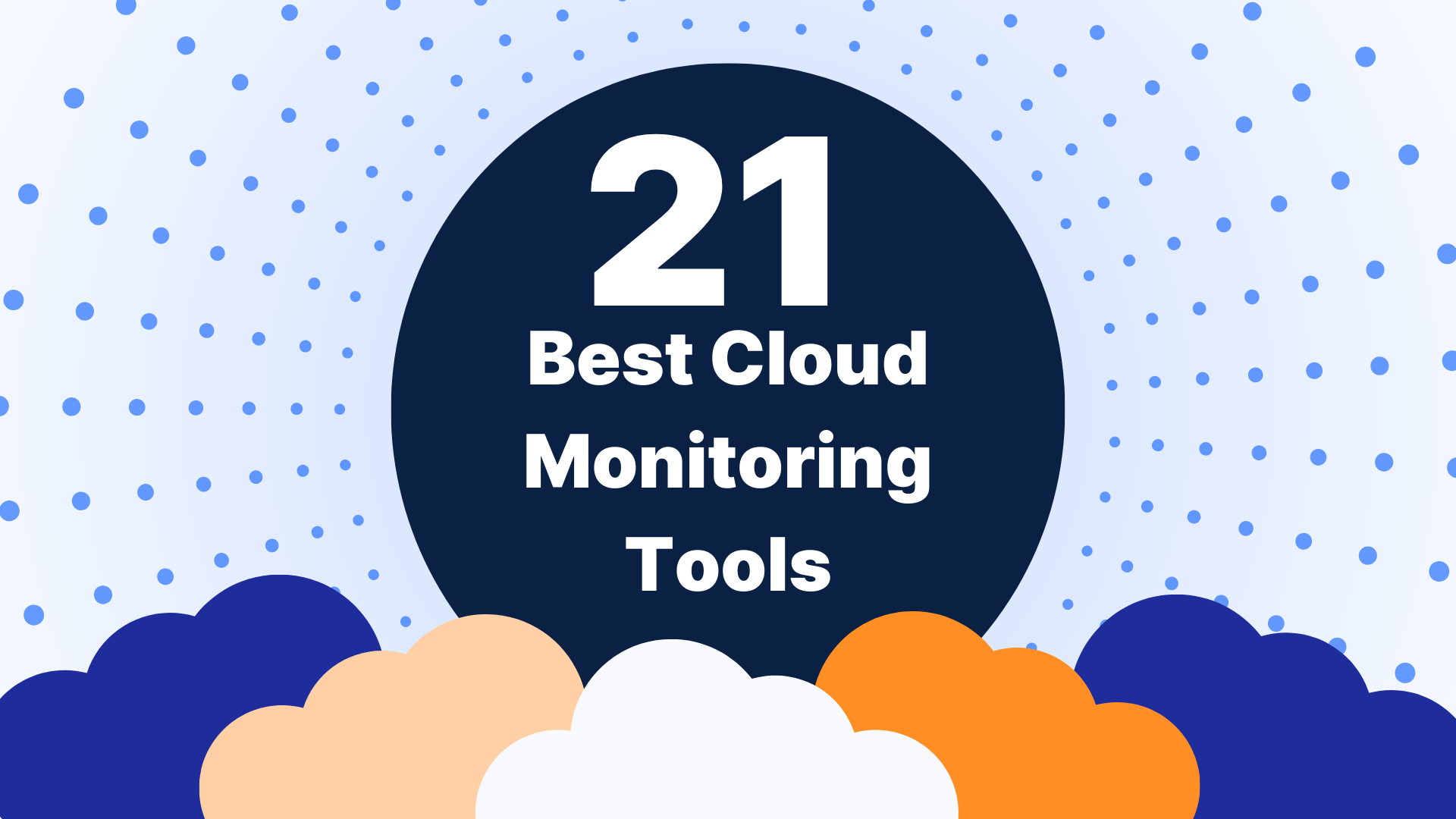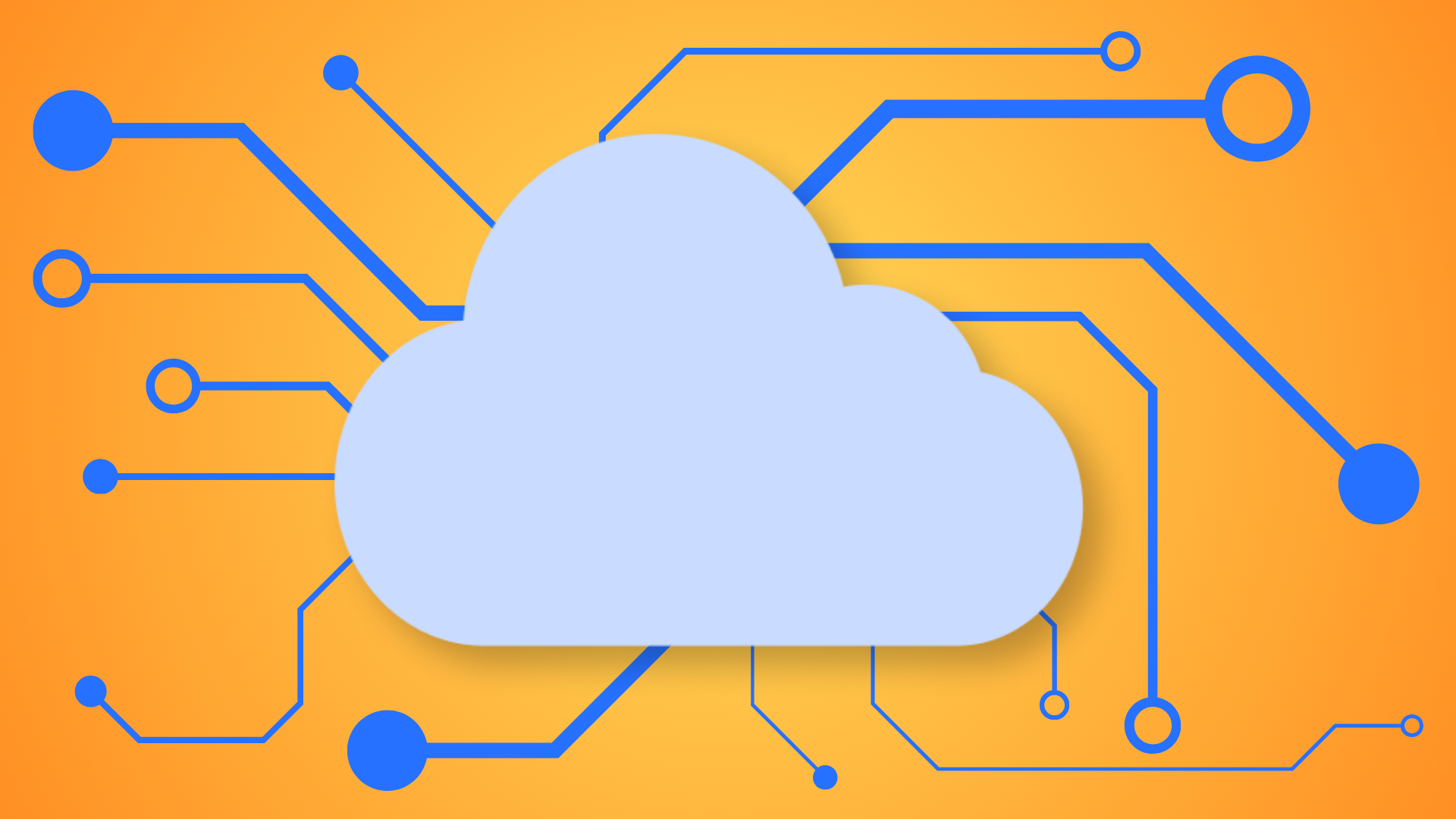Most companies today have a “cloud first” computing strategy. According to Foundry’s April 2022 report outlining their 2022 Cloud Computing research, 92% of businesses globally have moved to the cloud. What’s more, the percentage of companies with most or all of their IT infrastructure in the cloud is expected to leap from 41% today to 63% in the next 18 months.
As companies move more workloads onto various cloud platforms, cloud budgets continue to increase. Foundry reveals that, on average, organizations will spend $78 million on cloud computing over the next 12 months, up from $73 million in 2020.
With burgeoning growth of cloud computing, it should be no surprise that IT decision makers say one of the biggest obstacles to implementing their cloud strategy is controlling cloud costs. Long gone are the days of highly predictable and stable costs and change management processes that were the hallmark of legacy computing architectures.
The Challenge of Controlling Cloud Costs
The very nature of cloud computing – and indeed, a reason that companies flock to it – is that compute capabilities can change rapidly to accommodate current business demands. Capacity can grow or shrink automatically by turning (billable) resources up or down. Each time the overall IT environment expands with new VMs here and additional storage there, increases in complexity drive the total cost of cloud usage higher.
It’s easy to spin up cloud instances without oversight from IT or Finance. Developers do it every day as they create, modify and test applications. There is no formal change management process where a committee oversees the turnup of a dozen new VMs; this would take too long in a time-sensitive work culture. As a result, invoices for cloud resources can be a shock at the end of the month.
Unfortunately, many companies don’t have total visibility of their cloud assets—some of which are created and forgotten as time goes on. Developers can login to the cloud platform at any time and add, delete, or modify operations. Individual teams or departments may have different methods for managing cloud resources and costs. All of this takes place under the demand for speed in operations to get to market first.
Another challenge is the complexity of cloud providers’ billing processes. The pay-as-you-go services tend to offer many confusing options that are billed as separate components, making it difficult to understand what components tie back to which applications.
The Rise of FinOps
Cloud billing complexity has spawned the creation of an entirely new financial management role known as FinOps, defined by the FinOps Foundation as “an evolving cloud financial management discipline and cultural practice that enables organizations to get maximum business value by helping engineering, finance, technology, and business teams to collaborate on data-driven spending decisions.”
Other names for the practice include cloud financial management, cloud financial engineering, cloud cost management, cloud optimization, and cloud financial optimization. Regardless of the moniker, companies are finding it necessary to have specially trained people who can cross the barriers between the usage of cloud infrastructure and cloud cost management.
Check out these tips for maximizing cloud ROI
Predicting Cloud Costs is Difficult
Most cost forecasting tools base their numbers on what has been used and spent in the previous month. However, the very nature of the cloud is that it can automatically expand and contract according to work demands. Thus, cloud spend is variable and inherently difficult to predict. Furthermore, there can be seasonality in those work demands. For example, an online store is likely to see increased activity in the pre-holiday months of November and December. If November’s spend forecast is based on October’s activity, that forecast could be greatly underestimated and very inaccurate.
Forecasts should be done frequently to know when the company is deviating from the budget. Even small deviations can result in big cost overruns. If a forecast is only done monthly, by the time a month passes, it can be too late to make adjustments that can help control costs.
Many companies are multicloud, meaning they have two or more cloud platform providers. The tools necessary to make cost forecasts may be platform-specific and only work on one cloud, increasing the complexity of generating an overall forecast.
Cloud technology is evolving quickly—from VMs, to containers, to serverless and whatever’s next. Some forecasting tools can’t delve into all the technologies, leaving a gap in forecasts where there is no visibility.
Benefits of Forecasting Cloud Costs
Despite the challenges of getting a truly accurate forecast of cloud expenditures, the benefits of doing so are valuable. In a recent 451 Research study, respondents indicated they saved 56% on cloud costs as the result of applying Cloud Financial Management (CFM) practices in their organization.
Controlling spend and knowing when a budget is about to be busted gives the organization an opportunity to make a fix to prevent excessive cost overruns. Real-time forecasts are most helpful in detecting when spending is going off the rails.
Getting an Accurate Forecast into Cloud Costs
The first step in getting an accurate cost forecast is to gain complete visibility into cloud costs, meaning, understanding what is being spent on cloud services in real time and having the ability to correlate cloud spend with business KPIs.
The three major cloud platforms – Amazon Web Services (AWS), Google Cloud Platform (GCP), and Microsoft Azure – all have native tools to help estimate costs. The tools are, respectively, AWS Cost Explorer, Google Cloud Billing, and Microsoft Azure’s online pricing calculator.
These native tools only work for their own cloud platforms, so in this approach, a multi-cloud organization would have to use multiple solutions. What’s more, the tools may not get to the level of visibility, detail, and frequency that an organization needs. They may not deliver information in real time, which is necessary to effictively control spending.
Cost forecasting is a good use case for artificial intelligence (AI) analytics. In this approach, real-time continuous data feeds let the organization analyze cost changes as they are happening, not long after the fact. The underlying machine learning (ML) models can account for seasonality and other factors that could have a legitimate (i.e., expected) impact on spend. Moreover, the data feed can come from various sources, including multiple cloud platforms.
When unexpected changes in costs take place, AI analytics can alert on a deviation as it is happening. This gives the organization an opportunity to investigate the root cause and make adjustments if necessary to prevent excessive cost overruns.
Cloud Cost Forecasting with Anodot
Anodot’s Cloud Cost Management solution helps organizations get a handle on their true cloud costs by focusing on FinOps to drive better revenue and profitability.
From a single platform, Anodot provides complete, end-to-end visibility into an organization’s entire cloud infrastructure and related billing costs. By monitoring cloud metrics together with revenue and business metrics, Anodot enables cloud teams to understand the true cost of their cloud resources, with benefits such as:
- AI-based analysis for identifying inefficiencies and anomalies – With the help of machine learning and artificial intelligence, Anodot’s cloud cost solution analyzes data to find gaps and inefficiencies in the system. It can also catch anomalies in various parameters such as usage, cost, performance, etc., thus solving the inefficiency challenge.
- Real-time cost monitoring – Monitoring cloud spend is quite different from other organizational costs in that it can be difficult to detect anomalies in real time. Cloud activity that isn’t tracked in real-time opens the door to potentially preventable runaway costs. Anodot enables companies to detect cost incidents in real time and get engineers to take immediate action.
- Cost and usage forecasting – Anodot’s AI-driven solution analyzes historical data in order to accurately forecast cloud spend and usage by unit of choice, anticipate changing conditions, and get a better read on related costs. This helps organizations to make more informed budgeting decisions and find the right balance between CapEx and OpEx.
- Savings recommendations – Anodot helps organization to continuously eliminate waste and optimize their cloud infrastructure with personalized recommendations for unknown saving opportunities that can be implemented in a few steps.
The dashboard below illustrates how Anodot reports on cloud infrastructure costs.
As cloud adoption and cloud spending grow, so does complexity and waste. Forecasting cloud spend is becoming more important for Finance and FinOps teams. Learn how Anodot can help. Request a demonstration today.
Start optimizing your cloud costs today!
Connect with one of our cloud cost management specialists to learn how Anodot can help your organization control costs, optimize resources and reduce cloud waste.





